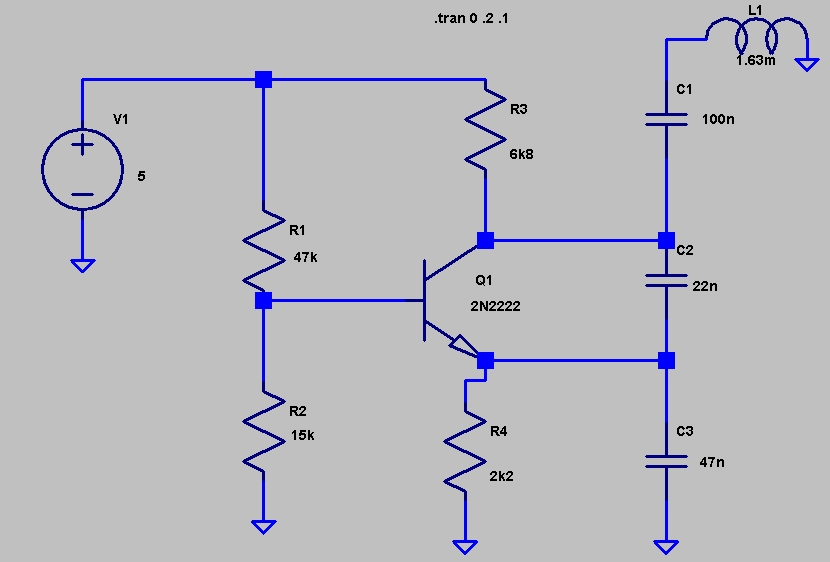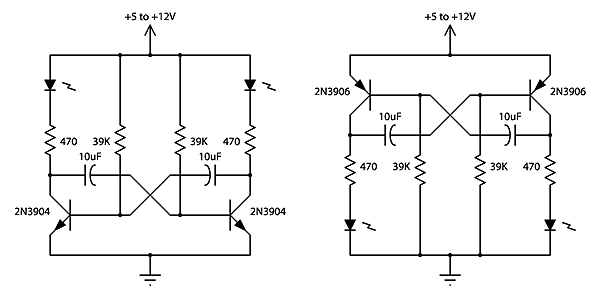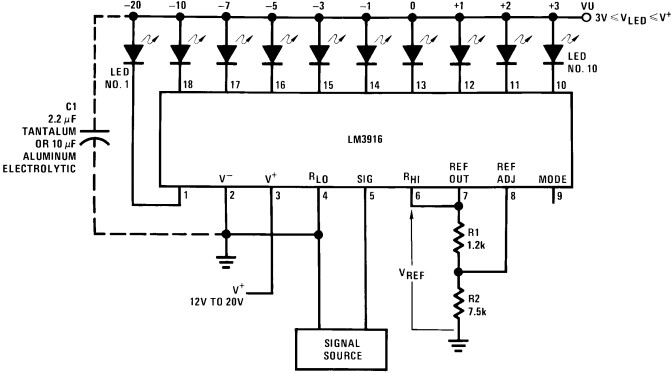
15 v led flasher schematics

Many published circuits that flash LEDs require 3 volts or more. This circuit utilizes a single inexpensive C-MOS IC and can flash an LED for an entire year on a single 1.5-volt AA alkaline battery cell. The circuit employs a charge pump technique to supply the necessary voltage to the LED.
The described circuit effectively demonstrates a low-power LED flashing mechanism powered by a single 1.5-volt AA alkaline battery. The core component of the circuit is a C-MOS IC, which is known for its low power consumption and high efficiency. The use of a charge pump allows the circuit to step up the voltage from the battery to the level required for the LED operation, typically around 3 volts.
The charge pump circuit works by temporarily storing energy in capacitors and then transferring this energy to increase the voltage. This is accomplished through a series of switching actions controlled by the C-MOS IC. The IC alternately connects the capacitors to the battery and the output, effectively doubling the voltage at the output terminal when configured appropriately.
The LED, which is the primary indicator in this circuit, is connected to the output of the charge pump. The flashing operation is typically achieved by modulating the output voltage through the C-MOS IC, which can be programmed to switch on and off at a specific frequency. This results in a visible flashing effect while maintaining low power consumption, allowing the circuit to operate for an extended period on a single battery.
The design's simplicity and efficiency make it suitable for various applications where low power and longevity are essential, such as in decorative lighting, signaling devices, or low-maintenance indicators. The choice of components, particularly the C-MOS IC, is crucial in ensuring that the circuit remains operational for a full year without battery replacement, making it an attractive solution for energy-conscious designs.Many published circuits that flash LEDs need 3 volts or more. This circuit uses only a single inexpensive C-MOS IC and flashes the LED for a full year on a single 1. 5 volt AA alkaline battery cell. The circuit uses a charge pump technique to provide the LED the needed voltage. 🔗 External reference
The described circuit effectively demonstrates a low-power LED flashing mechanism powered by a single 1.5-volt AA alkaline battery. The core component of the circuit is a C-MOS IC, which is known for its low power consumption and high efficiency. The use of a charge pump allows the circuit to step up the voltage from the battery to the level required for the LED operation, typically around 3 volts.
The charge pump circuit works by temporarily storing energy in capacitors and then transferring this energy to increase the voltage. This is accomplished through a series of switching actions controlled by the C-MOS IC. The IC alternately connects the capacitors to the battery and the output, effectively doubling the voltage at the output terminal when configured appropriately.
The LED, which is the primary indicator in this circuit, is connected to the output of the charge pump. The flashing operation is typically achieved by modulating the output voltage through the C-MOS IC, which can be programmed to switch on and off at a specific frequency. This results in a visible flashing effect while maintaining low power consumption, allowing the circuit to operate for an extended period on a single battery.
The design's simplicity and efficiency make it suitable for various applications where low power and longevity are essential, such as in decorative lighting, signaling devices, or low-maintenance indicators. The choice of components, particularly the C-MOS IC, is crucial in ensuring that the circuit remains operational for a full year without battery replacement, making it an attractive solution for energy-conscious designs.Many published circuits that flash LEDs need 3 volts or more. This circuit uses only a single inexpensive C-MOS IC and flashes the LED for a full year on a single 1. 5 volt AA alkaline battery cell. The circuit uses a charge pump technique to provide the LED the needed voltage. 🔗 External reference





